Modern house design blends form with function, emphasizing sleek lines, open spaces, and innovative technologies. As architecture evolves, the modern home becomes a canvas where art meets practicality, comfort, and sustainability.
In this article, we explore the key elements and design trends that define modern houses, from minimalist aesthetics to cutting-edge smart home features.
1. Minimalist Aesthetic: Less is More
Important Point
One of the fundamental principles of modern house design is minimalism. The “less is more” approach focuses on simplicity, clean lines, and uncluttered spaces.
This design philosophy eliminates unnecessary decoration and prioritizes function over form. Key features of minimalist homes include:
- Open Floor Plans: Modern houses often embrace open-concept layouts, which allow for easy flow between living, dining, and kitchen areas. This design reduces walls and barriers, creating a sense of spaciousness.
- Neutral Color Palettes: White, gray, and beige are often used for walls, ceilings, and furniture. These neutral tones help to create a calm and timeless environment. Accents of bold color may be added through artwork, textiles, or architectural features.
- Simple Furniture: Modern furniture tends to be sleek and functional, often featuring natural materials like wood, glass, and metal. Designs are simple, with minimal ornamentation and clean lines.
2. Integration of Nature: Bringing the Outdoors In
Modern houses are designed to feel connected to their environment. Large windows and glass walls allow natural light to flood the interiors, making spaces feel airy and open. The integration of nature is further enhanced with:
- Indoor Gardens and Greenery: Many modern homes incorporate indoor plants or small indoor gardens, creating a tranquil and rejuvenating atmosphere. These natural elements balance the modern, clean lines of the architecture.
- Outdoor Living Spaces: Modern homes often extend living spaces into the outdoors with terraces, patios, and outdoor kitchens. Sliding glass doors or folding walls allow the home to open up to the outdoors seamlessly.
3. Smart Technology: A Home That Thinks
The integration of smart technology is one of the defining features of modern houses. From automated lighting to climate control systems, modern homes are equipped with the latest innovations that make daily living more efficient and convenient. Key smart features include:
- Smart Thermostats: Systems like Nest and Ecobee allow homeowners to control the temperature of their home remotely, saving energy and improving comfort.
- Home Automation Systems: Modern houses often have fully integrated home automation systems that control everything from lights and blinds to security cameras and sound systems. Homeowners can manage their homes from smartphones or voice-activated devices.
- Energy-Efficient Appliances: From refrigerators to dishwashers, modern homes are outfitted with appliances that are energy-efficient, saving money and reducing the environmental impact.
4. Sustainability: Building with the Future in Mind
Sustainable living is an essential consideration in modern house design. Homeowners and designers are increasingly focused on reducing their carbon footprint and creating homes that use fewer resources. Features of sustainable modern houses include:
- Solar Panels: Many modern homes are equipped with solar panels to harness renewable energy. This helps reduce reliance on fossil fuels and lowers electricity bills.
- Energy-Efficient Materials: Building materials like recycled steel, bamboo, and reclaimed wood are popular choices for modern homes. These materials are sustainable, durable, and help minimize environmental impact.
- Water Conservation: Modern homes often incorporate rainwater harvesting systems, low-flow plumbing fixtures, and drought-resistant landscaping to conserve water.
5. Luxury and Comfort: Simplified Elegance
While modern homes emphasize functionality and minimalism, luxury is still a significant aspect of design. However, luxury in modern design is about creating comfortable, high-quality spaces rather than excessive ornamentation. Modern luxury includes:
- High-End Materials: Modern homes often feature premium materials such as marble countertops, hardwood floors, and glass elements. These materials add sophistication and elevate the design while maintaining a clean, sleek aesthetic.
- Built-In Storage: Modern homes are designed to maximize storage without cluttering the space. Custom cabinetry and hidden storage solutions keep items out of sight while maintaining a neat and organized environment.
- Spacious Bathrooms and Kitchens: Modern homes often feature open, spacious kitchens with high-end appliances and luxurious bathrooms with large tubs, walk-in showers, and designer fixtures.
6. Architectural Innovations: Bold and Creative Designs
Modern houses are known for their innovative architectural styles, which often push the boundaries of traditional home design. These homes feature bold shapes, unusual rooflines, and cutting-edge construction techniques. Notable features include:
- Flat Roofs: Flat roofs are a signature element of modern architecture, offering a sleek, contemporary look. These roofs also provide opportunities for green roofs or rooftop gardens.
- Geometric Shapes and Asymmetry: Modern homes often incorporate geometric shapes and asymmetrical designs, creating dynamic and visually interesting facades. This is in contrast to more traditional, symmetrical designs.
- Open Staircases: Many modern homes feature open or floating staircases, which add to the airy, open feel of the space. These staircases often feature materials like steel, glass, or wood.
7. Lighting Design: Enhancing Mood and Function
Lighting plays a crucial role in modern house design, not just for functionality but also for creating mood and enhancing the aesthetic appeal. Modern homes often feature:
- Layered Lighting: Ambient, task, and accent lighting are layered to create a balanced and functional environment. Recessed lighting, pendant lights, and floor lamps are commonly used to highlight specific areas of the home.
- Natural Light Maximization: The use of large windows, skylights, and glass doors allows natural light to flood into the home. The abundance of light makes spaces feel more open and welcoming.
- Statement Lighting Fixtures: Modern homes often incorporate bold, statement-making light fixtures, which can act as art pieces in themselves.
8. The Future of Modern Houses: Trends to Watch
The future of modern house design is evolving rapidly, driven by technological advancements, sustainability initiatives, and changing lifestyle preferences. Emerging trends include:
- Modular and Prefabricated Homes: Modular homes, which are built in sections and assembled on-site, are becoming increasingly popular for their cost-effectiveness and speed of construction.
- 3D-Printed Homes: 3D printing technology is poised to revolutionize homebuilding by allowing for faster, more affordable, and sustainable construction.
- Biophilic Design: Biophilic design, which emphasizes a connection to nature, is gaining traction. It incorporates natural elements like living walls, green roofs, and natural materials into the architecture and interior design of modern homes.
Conclusion
Modern house design is all about creating spaces that are functional, beautiful, and aligned with the needs of contemporary living. Whether through minimalist aesthetics, sustainability, or the integration of smart technology, modern homes offer a perfect balance of style and practicality.
By incorporating the key elements and design trends outlined in this article, homeowners can create a space that is not only visually striking but also comfortable, sustainable, and future-proof.


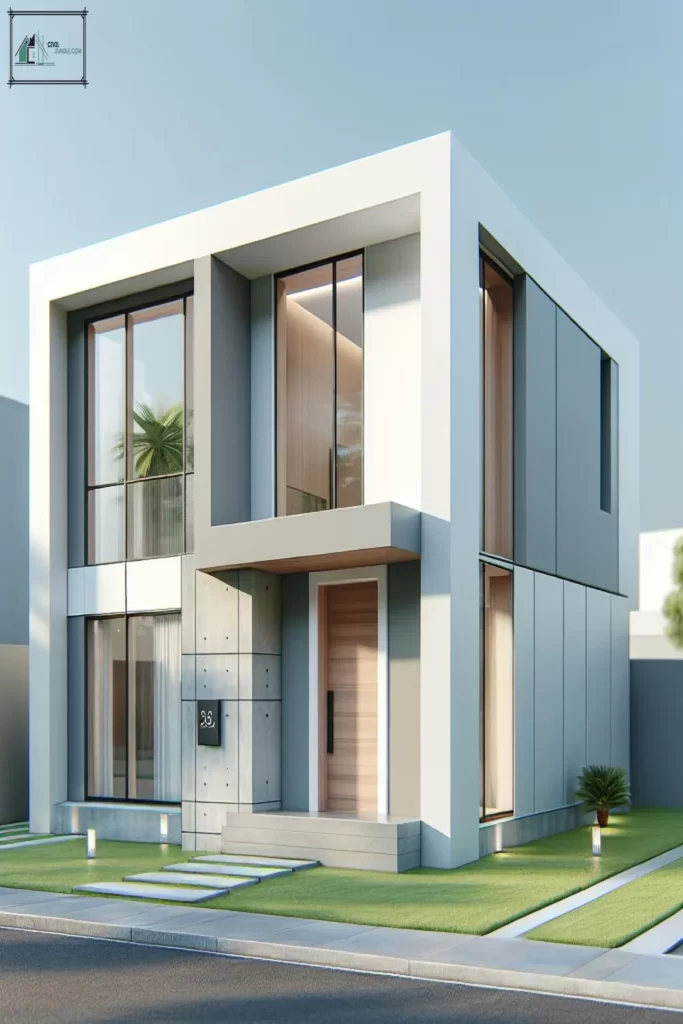
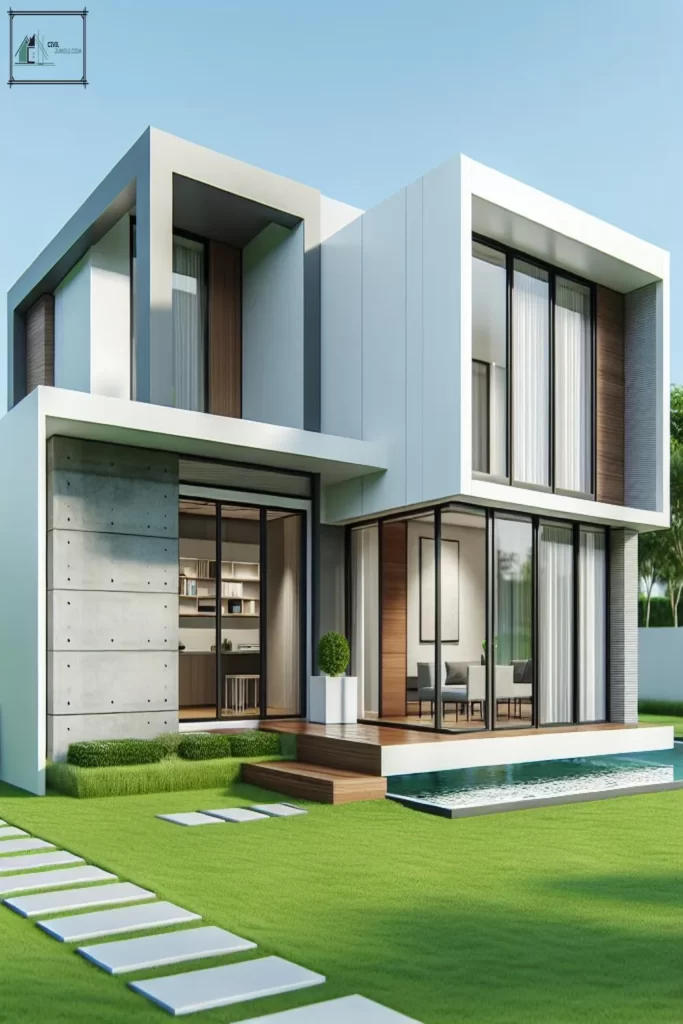
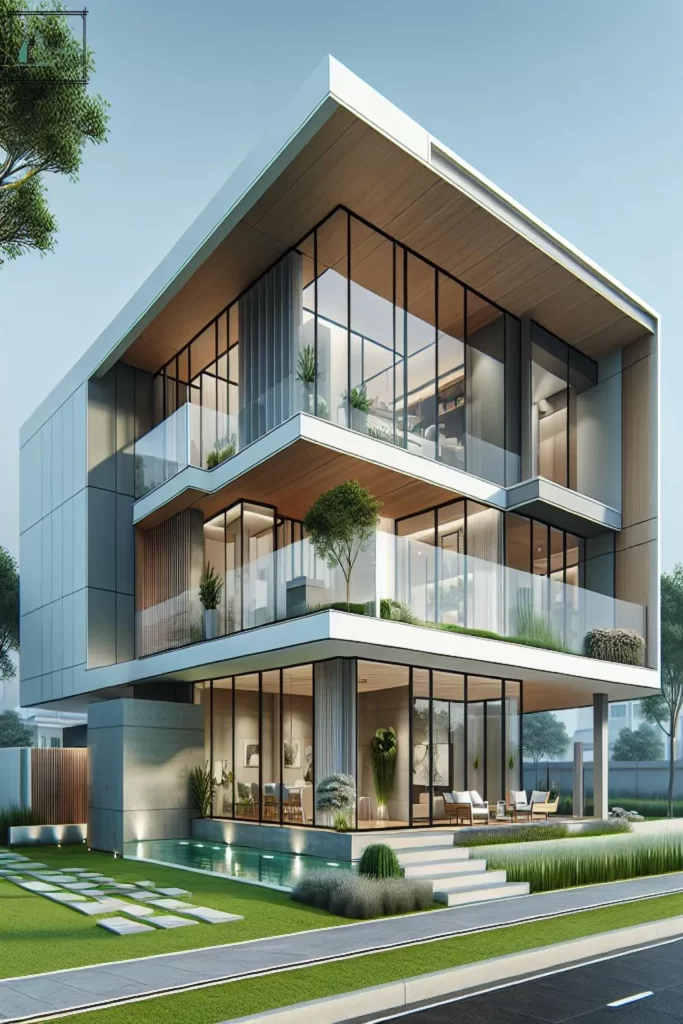
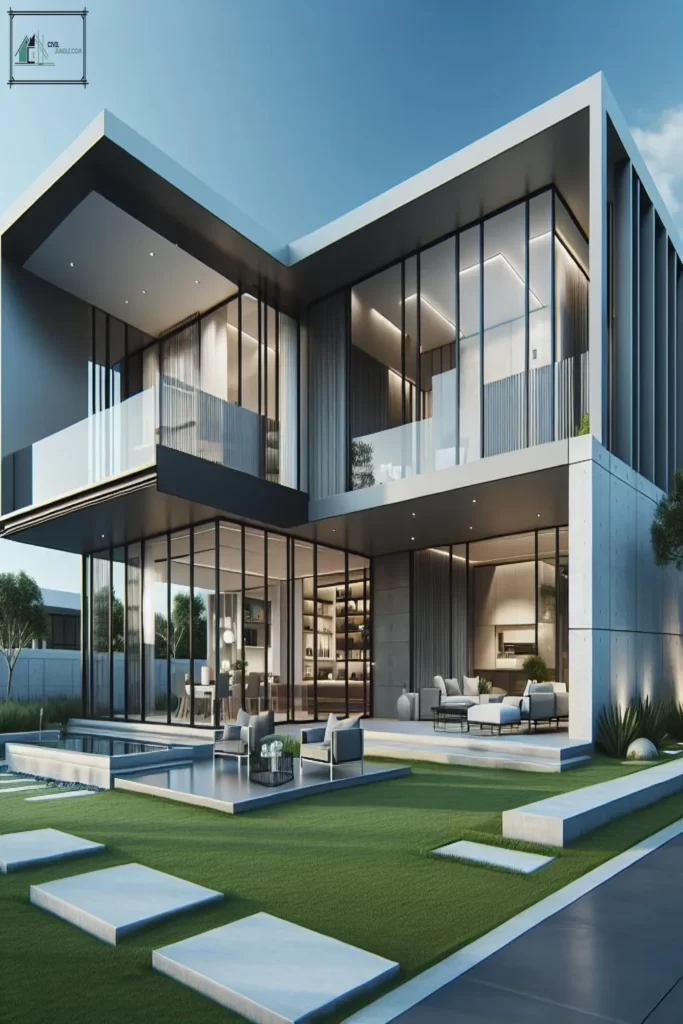
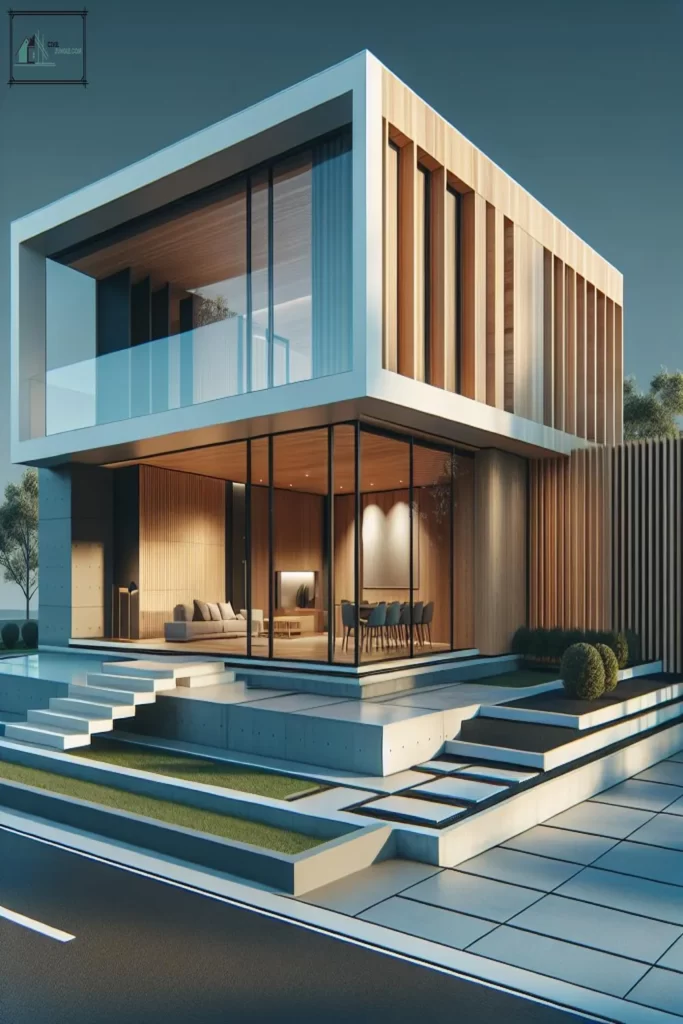
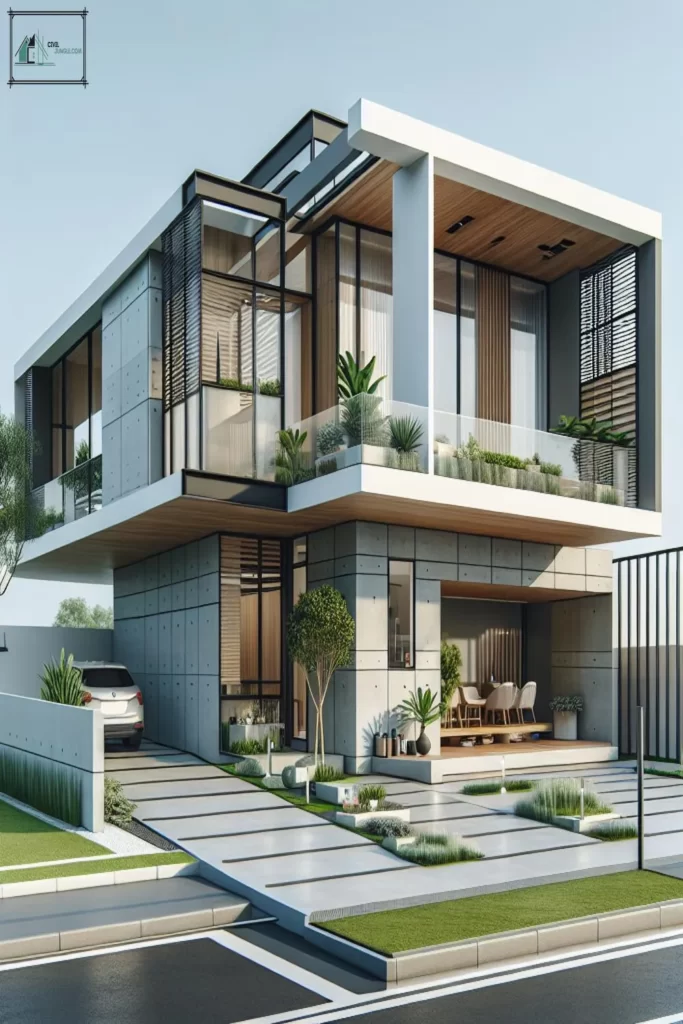

Leave a Reply